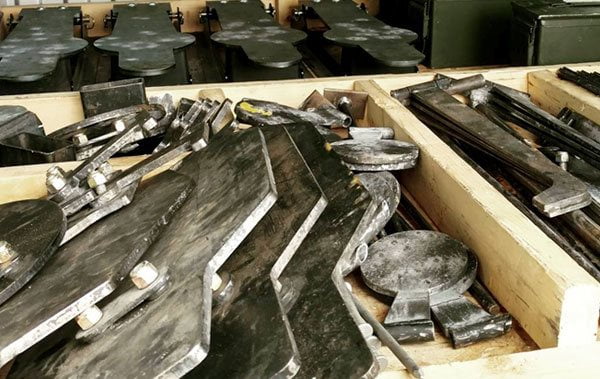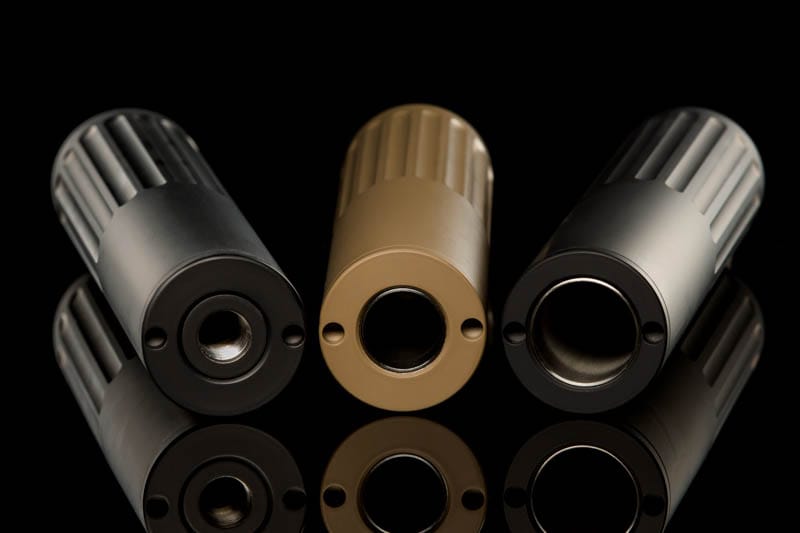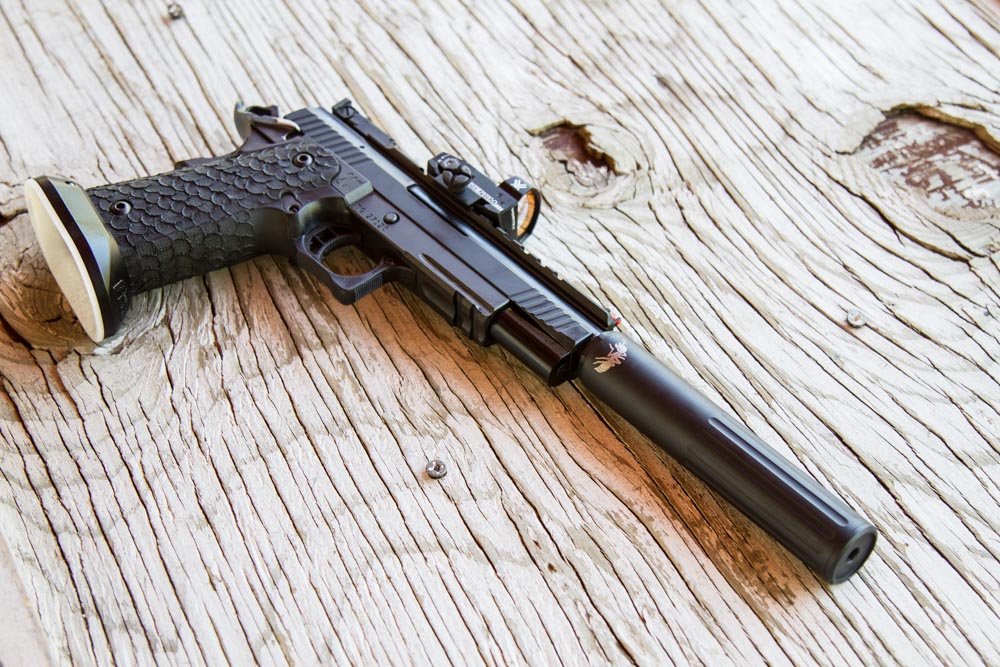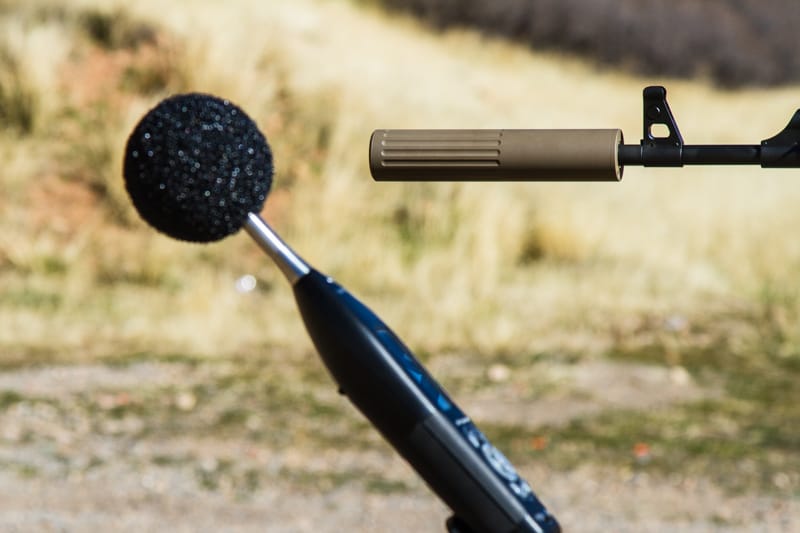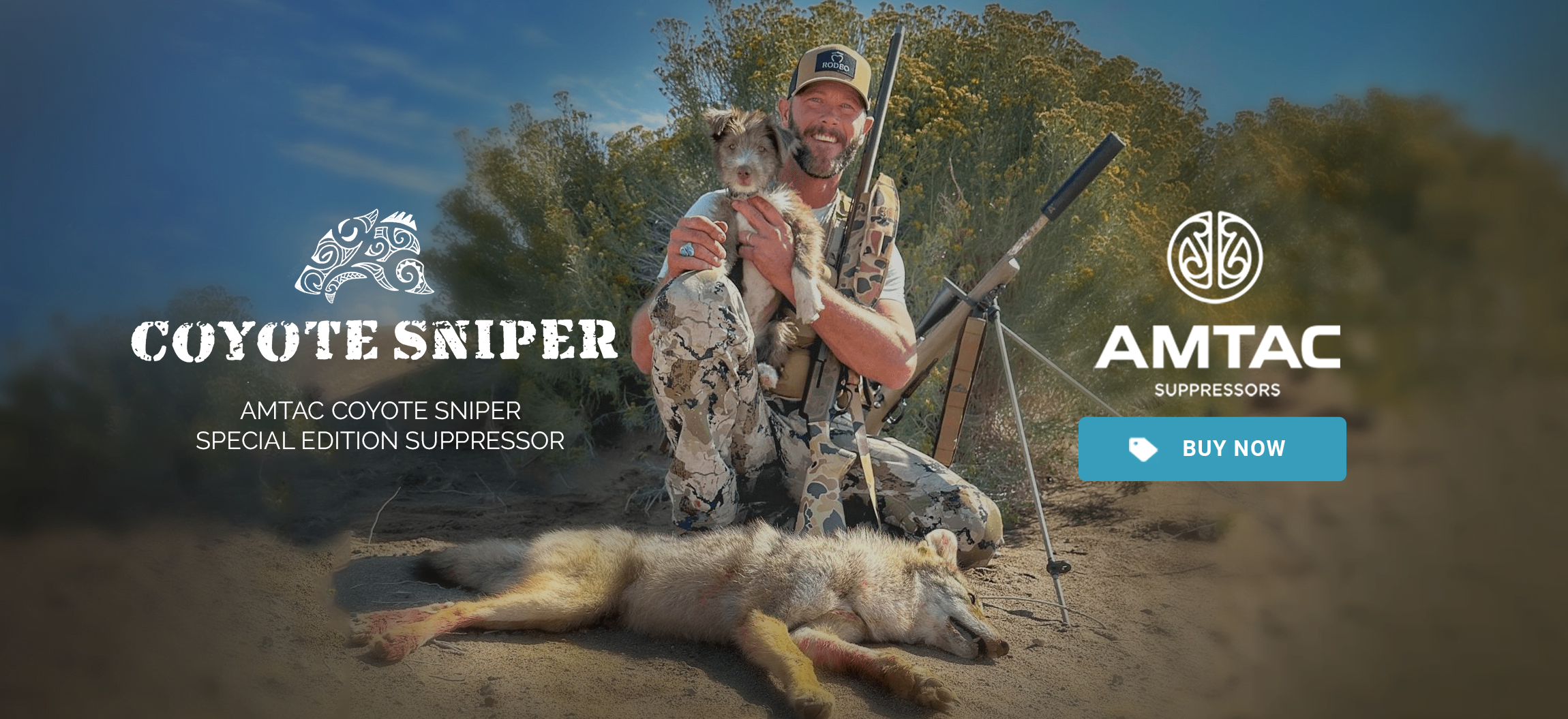There are few things that make you feel better about your shooting abilities than the satisfying ring of a steel target when a bullet hits it. That sound is guaranteed to put an ear-to-ear to smile on the face of whoever happens to be holding the gun. It’s great for everything from new shooters to those with years of experience.
Steel is also a great training tool—you get instant feedback, you don’t have to tape it, and you can shoot it anywhere from 15 yards to as far away as you dare to place it. Plus, it doesn’t leave any trash behind, so you don’t need to chase down blowing paper targets, cans, or any of the other things people shoot at the range. Steel is just better.
There are a lot of misconceptions about shooting steel. Some people think it’s dangerous, and others don’t understand the dangers that actually do exist, so we put together this quick guide to help you safely shoot the most fun targets out there.
Buy Quality
AR500 is the gold standard for hardness in steel targets, and you should not use anything less. A good AR500 target can easily handle thousands of pistol rounds and will last through years of abuse. You won’t regret buying good targets, but you will almost certainly be disappointed in the cheaper stuff.
Angle
A key consideration to safety is the angle your target is mounted at, because it determines where the fragments will go when the bullet impacts it. For static steel, you want something that’s mounted at a downward angle, so the fragments go into the ground. For knock-over targets, you want something with an upward angle.
Ammo
For the most part, you can just shoot whatever you normally shoot, but there are a few things you need to take into account.
- Jacketed pistol bullets will wear out targets slightly faster than coated lead.
- Steel core-rifle bullets will cause more damage than jacketed.
- Steel shot shells are very dangerous to shoot at steel. Always use lead.
Distance
For pistols and shotguns, you don’t want to shoot steel at anything less than 15 yards. This will both keep you safe and keep your steel from getting damaged. For rifles, the minimum distance goes all the way back to 100 yards. While this will prevent fragments from coming back at you, it’s important to understand that rifles (especially .223) will damage steel, even at longer distances.
Separate Your Steel
Because rifle rounds will damage your steel, it’s important to segregate those targets from the rest. Once you shoot a target with a rifle, it’s a rifle target. Don’t bring it in close and shoot it with the pistol after you’ve pockmarked it with a rifle. If you do, those pockmarks can cause bullet fragments to come back at you.
Bolt-on Hangers
While there is nothing wrong with welded target hangers, those that bolt onto the target offer an advantage because they can be removed and switched to the other side. This means that you can take a rifle target, switch the hanger so the undamaged side of the target faces up range, and then bring it in close and shoot it with a pistol. The same is true for pistol targets that are shot so much that they begin to bend. Just turn them around and keep on shooting.
Eye Protection
While you should wear eye protection any time you’re shooting, this is especially important when you’re shooting steel. Even with good steel and appropriate ammo, you can still get some shrapnel coming back at you, so protect your peepers.

